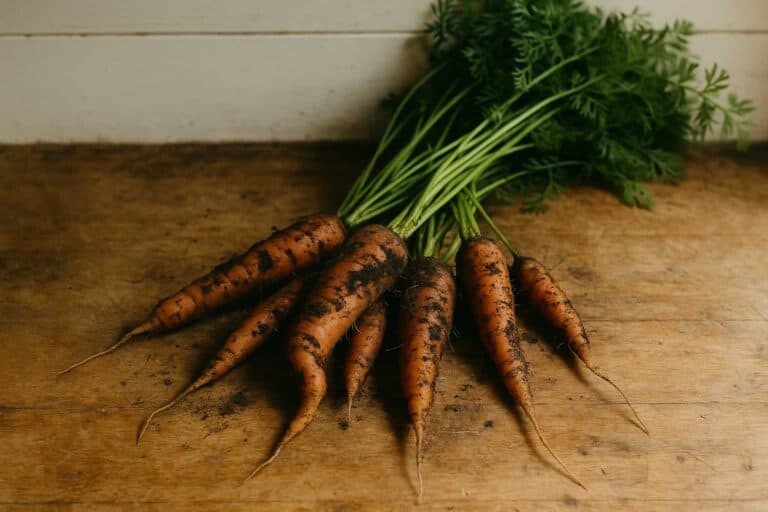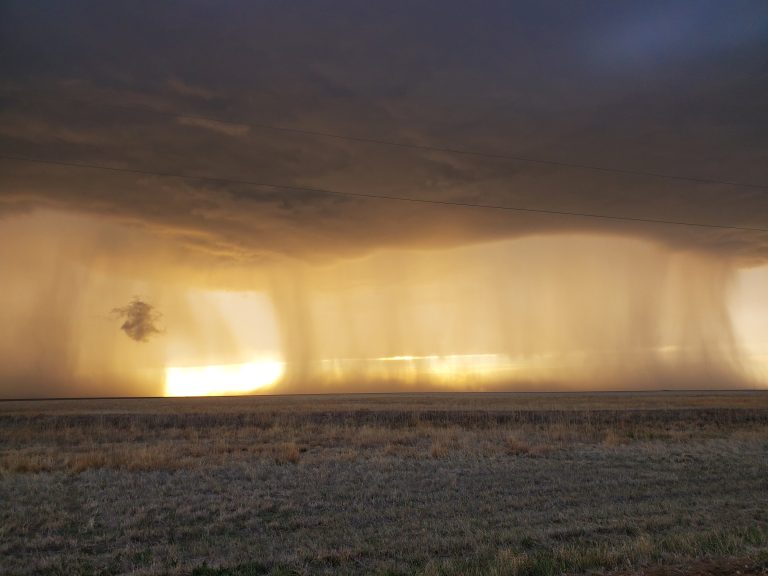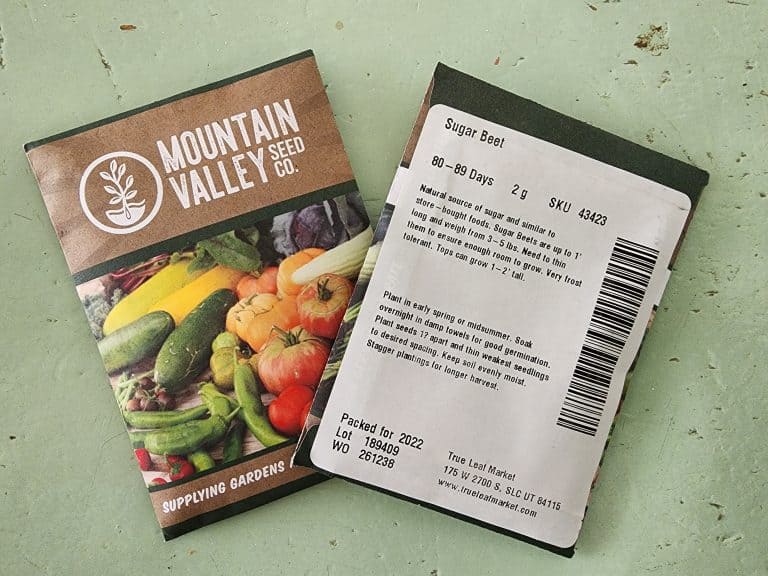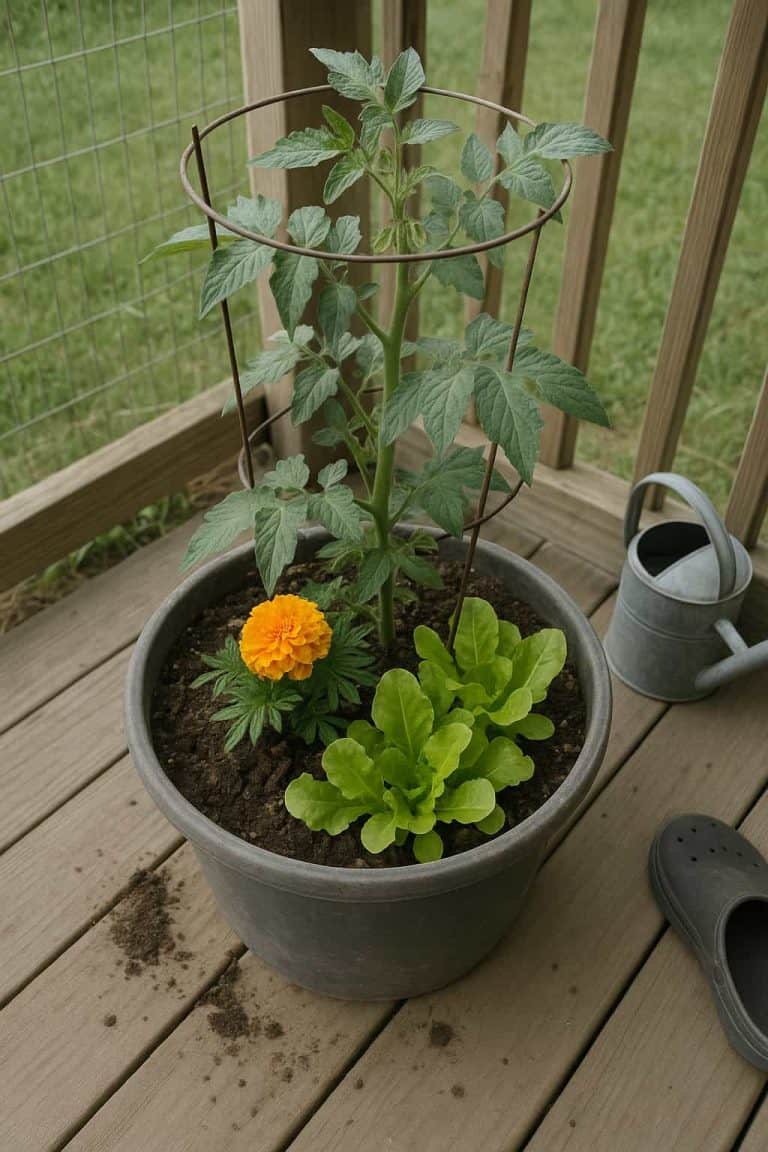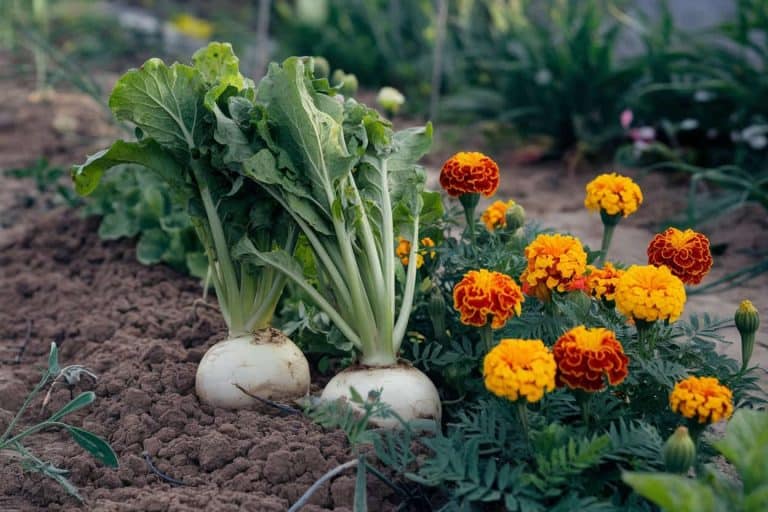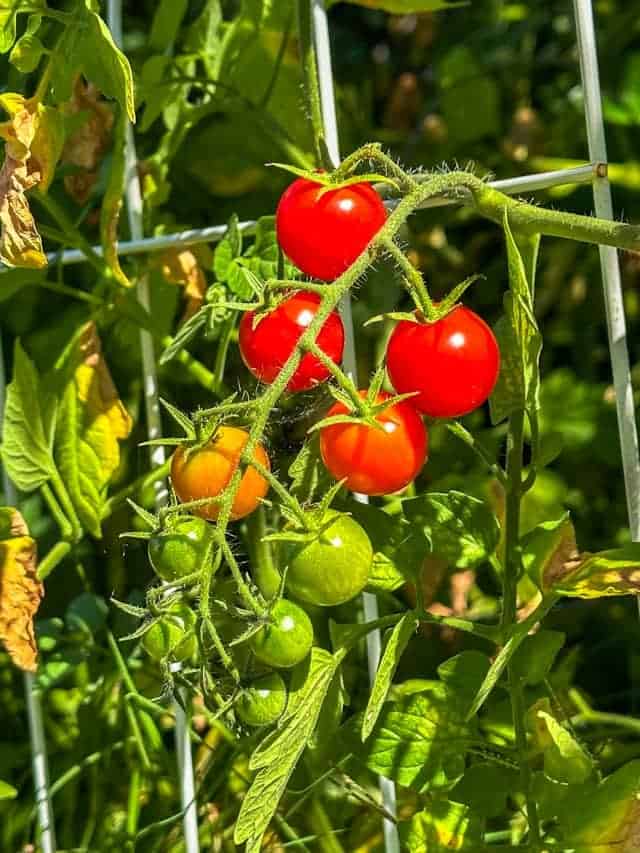This post may contain affiliate links, which means I will earn a small commission at no cost to you if you make a purchase using these links. I only recommend products that I either would or have used myself or for my family.
It seems as if I start getting the itch to start gardening every year after Christmas and New Year's are over. The only problem with that is… it's January, and here in SE Colorado, that means it is not even close to gardening season. I find myself with that deep-seated urge to get my hands dirty and nurture tiny little seeds into new life. Sure, looking through the catalogs from my favorite suppliers and mapping out my garden layout for the 10th time do help, but it's just not the same. So, what's a body to do? Winter sowing! Let's break down what exactly winter sowing is, what supplies you'll need, and 5 tips to find seedling success.
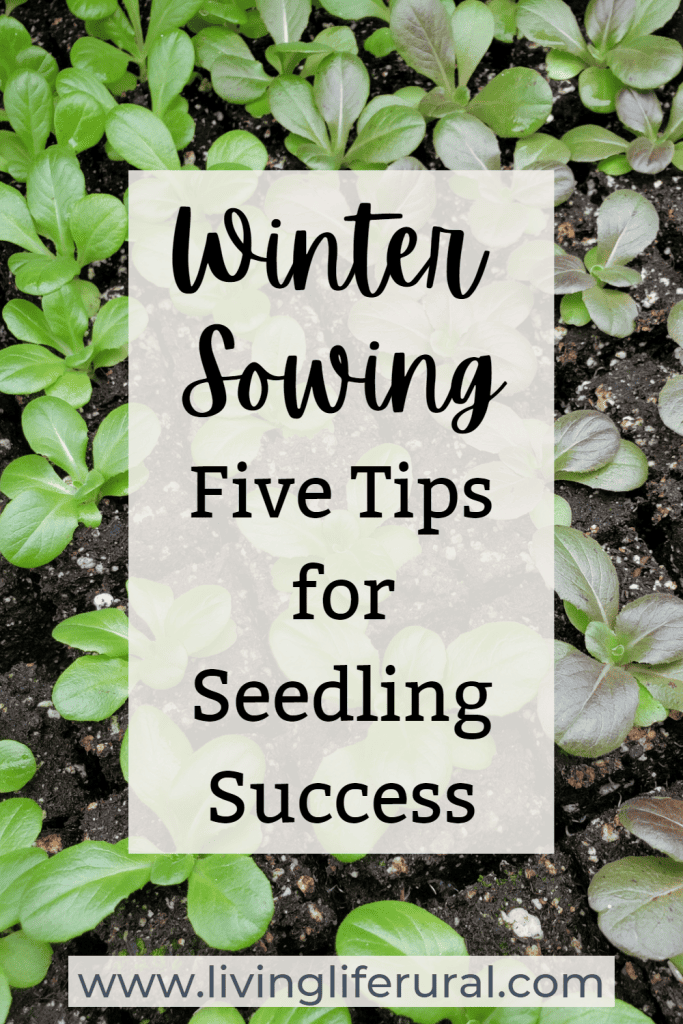
What is winter sowing?
Instead of starting your seeds indoors on heat mats and under grow lights a specific amount of time before your last frost date (each seed varies), winter sowing allows you to start your seeds outside in the middle of winter. You plant your seeds in mini-greenhouses, and they patiently wait for just the right weather to emerge and start growing. You get the benefits of not having to harden off your seedlings if you started them indoors, plus they don't take up any room in your house. You do have to remember to water them on occasion, however, and make sure they are getting the light and air that they need.
What equipment do I need for winter sowing?
Winter sowing requires many of the same supplies and equipment as starting any seeds with the exception of the soil you use and the containers. (More on those below)
You will need:
- Potting soil
- Appropriate containers
- Seeds
- A hand trowel or cup to scoop the potting soil with
- Scissors or a knife (a box cutter type knife works very well, but be careful, they are sharp!)
- Very sticky tape (Gorilla or Duct tape works best, packing tape tends to not stick well)
- An all-weather marker, sharpie, or some other way to identify what seeds you are planting
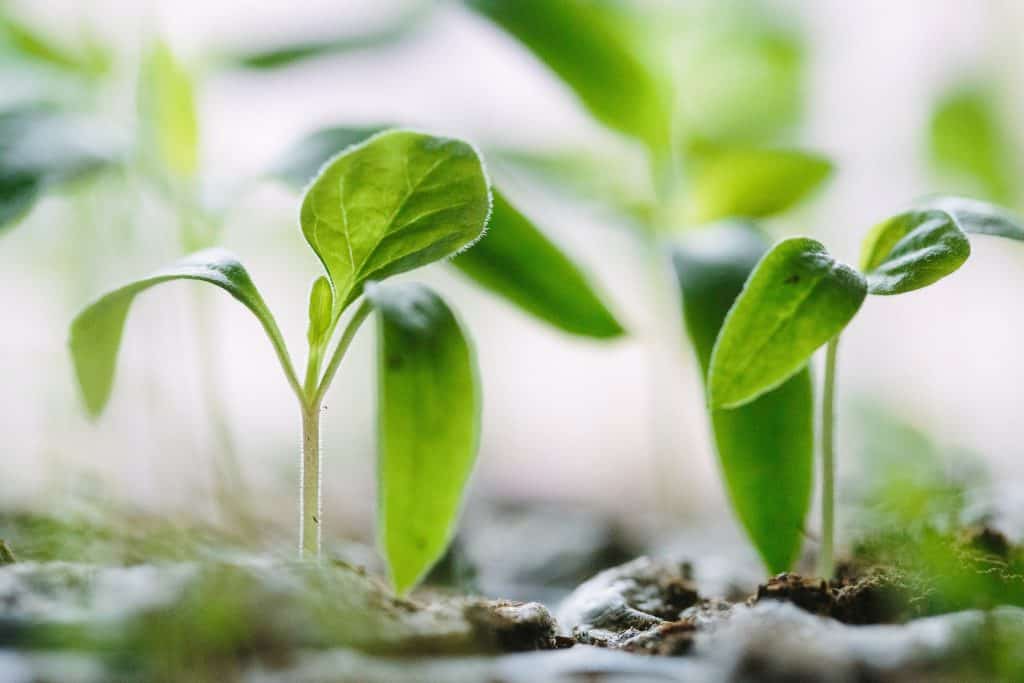
How can I be successful with winter sowing?
Winter sowing is such a great way for beginner gardeners (and seasoned ones alike) to start their own vegetable and flower seedlings. Here are five tips for seedling success:
1. Choose the right containers
There are many choices when it comes to choosing the “right” container for your seedlings. The very classic choice is to use plastic milk jugs, but not everyone has those. Other options that work well are plastic take-out food containers with lids, 2-liter pop bottles (1 liter would work also for single plants), lettuce or other greens salad containers, plastic strawberry or other fruit containers, and clear plastic storage totes (as long as you don't mind drilling holes in them). Basically, any recyclable plastic container with a clear lid or that is opaque like a milk jug and that is deep enough to hold around 3-4 inches of potting mix with room for the plant to grow several inches makes the perfect container for your seedlings.
No matter the container you choose, they need drainage holes in the bottom. The easiest way I've found to do this is to use a drill with a 1/8″ drill bit. If you do not have access to a drill, you can make holes in the bottom with a nail, knife, scissors, or even melt a small spot over a candle flame. Whichever way you choose, just be careful and make sure to use the proper safety equipment.
As for the lids, if they snap on securely, you shouldn't need to secure them with tape. If you are using a milk jug or something similar, use tape with a strong adhesive to keep them closed until your seedlings have emerged and you are ready to open the containers.
2. Choose the correct soil
When it comes to winter sowing, not all soils are created equal. Normally when you are starting seeds indoors, you look for a seed-starting mix. However, for this application, you are going to want to use a regular potting mix, container mix, or raised bed mix for your soil. Your seedlings could be in your containers for quite some time as the weather warms, and they will require nutrients and proper moisture during that time. Seed starting mixes generally only contain enough nutrients to get the seedlings up and going, but not enough for them to grow on until they are transplanted. Seed-starting mixes tend to be not quite as forgiving as regular potting mixes when it comes to watering. This isn't a huge deal if you live in a wet climate or one that receives quite a bit of snow, however, in my very dry climate it does make a big difference!
3. Choose the right seeds and plant them correctly
When you stop and look at the variety of seeds you can purchase, it can be overwhelming! You can honestly winter sow almost any vegetable or flower seeds, but some lend themselves to be better candidates. Things like tomatoes and peppers can be winter sown successfully, but if you live in an area with a very short growing season, these types of vegetables and plants may not have enough time to produce if you don't start them indoors instead.
(This is my favorite website to look up my frost dates and length of growing season.)
Seeds that work the very best for winter sowing are the types of flowers and vegetables that don't mind a little bit of cold (Some seeds even require below freezing temps before they germinate. This is known as cold stratification) Some great choices would be leafy greens (lettuce, spinach, kale, etc), peas, onions, brassicas (like cauliflower, broccoli, or cabbage) snapdragons, lavender, marigolds, zinnias and so many more!
Make sure that you read the back of your seed packets before planting. The information on the back of the packets will tell you how deep to plant your seeds. If you do not have a seed packet, the general rule of thumb is to plant the seed at a depth that is equal to 2-3 times its width. Planting seeds too deep can prevent them from germinating or emerging properly. Also, make sure to leave appropriate space between your seeds. The back of your seed packets should offer instructions on that as well.
Some types of vegetables simply do not like being transplanted and having their roots disturbed. Root crops (such as carrots, beets, turnips, etc) do not do well when transplanted as it can disturb proper root formation. Since we eat the roots, we want to make sure they grow their best. These are best direct sowed when appropriate for your location. Other vegetables such as cucurbits (melons, squash, and cucumbers) and corn, simply just do not like having their roots disturbed and may not transplant well for you.
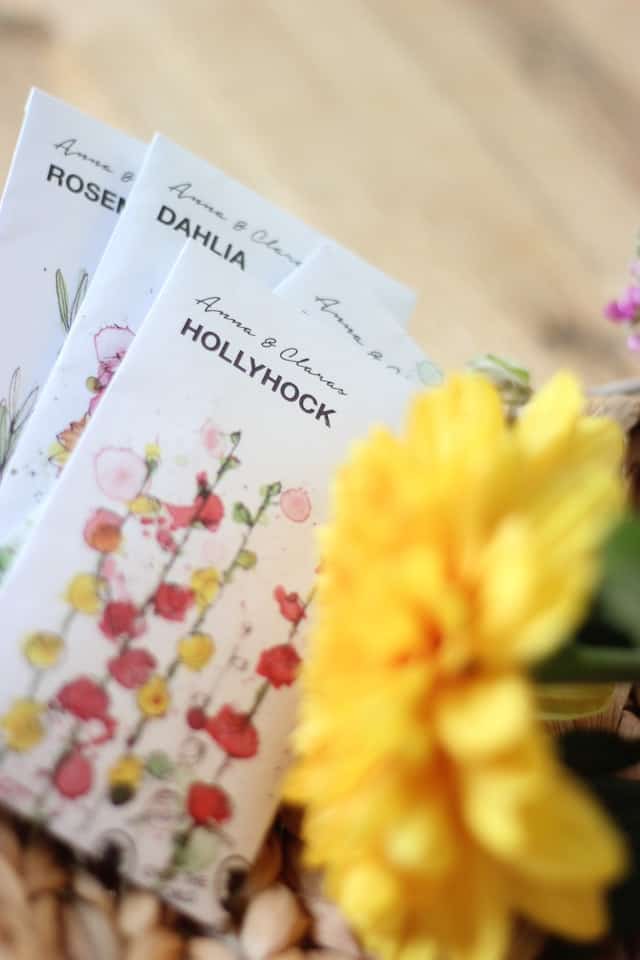
4. Choose a good location for your containers
Once you have your seeds planted, you may be wondering, “where in the world do I put these?” The answer to this question varies depending on your location. Where I live, we have an almost desert-like climate with somewhat mild winters. Our temperatures may swing from 5 – 65 degrees Fahrenheit in 24 hours. We get very little rain or snow during the winter. The best location for my containers is actually a shady spot on the south side of our house. It stays cooler if we have a stretch of warm weather, and allows me to better control the moisture in the soil of my containers. It also keeps my seeds from germinating too early.
If you have cold wet winters, I would recommend placing your containers so that they are protected from being blown away (or carried off by an animal or child) but still receive sunlight and snow/rain. That way, the snow/rain will water your containers and you won't have to as often!
5. Monitor your containers and seedlings once emerged
I would love to tell you that once you plant your seeds you can walk away and come back to beautiful seedlings. While winter sowing is a simple way to start your plants for spring, it does require a little bit of input. After you get your seeds sown and containers put in their happy place, you need to check on them at least once a week to make sure they are receiving adequate moisture for seed germination whenever that should occur. You also need to make sure that the drainage in your containers is working properly and that they are not waterlogged.
Once your seeds begin sprouting, you will need to continue monitoring their water needs as well as their air and light needs. When they get a little bit bigger, you will need to begin opening their containers to allow them plenty of airflow and sunlight.
What do you think?
Winter sowing can be such a fun way to start some of your vegetables and flowers for this year's garden. The benefits of not having to harden off your plants or having them take up space in your home are wonderful! Once your seedlings are growing well and the weather is appropriate, you can plant them out in your garden. I hope they bring much enjoyment and bear much fruit for you! I would love to hear about your winter sowing endeavors. If you have any questions or comments, leave them below!

